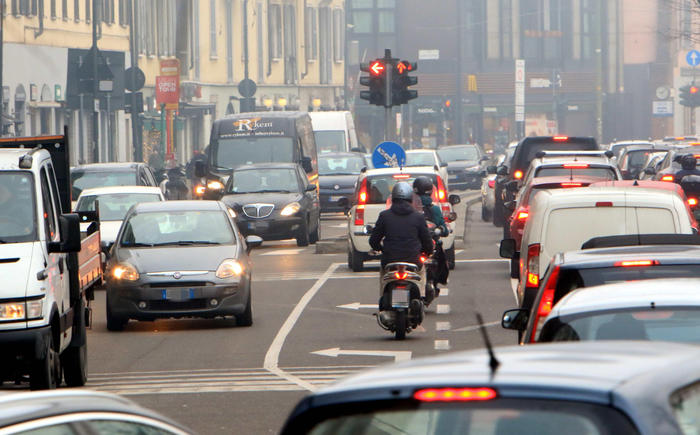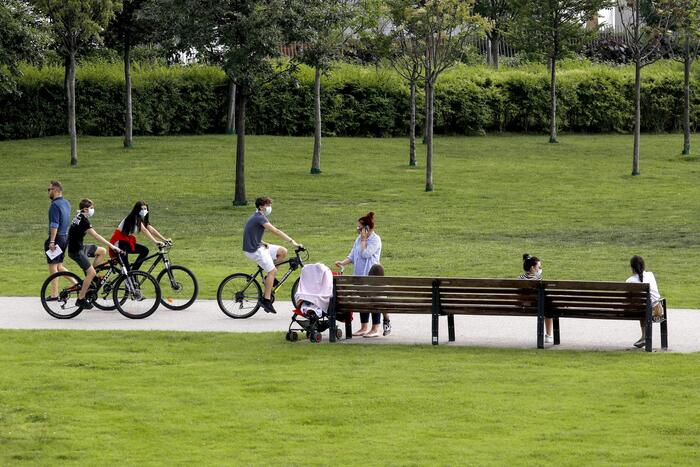Every day, Le Parisien mobilizes to answer your questions around the coronavirus. Today we are interested in the question of Luke who wonders if pollution in public transport is a risk factor.
Various studies, including one conducted last year by the CNRS in the enclosures of the Paris metro and the RER, show that the concentration of fine particles is up to ten times higher than those measured outside. However, new scientific publications establish a link between the density of fine particles and Covid-19, whether it is the transmission of the disease or its mortality. Should travelers worry?
To be taken with tweezers
We have to be careful. First, because many of these recent works of experts regularly cited in the media have not been reread and therefore validated by peers. This is particularly the case of a controversial note from the Italian universities of Bologna and Bari which, at a preliminary stage, noted an increased spread in the regions where the PM2.5 and PM10 levels were the highest. Ditto for a Harvard study highlighting a link between the increase in the PM2.5 rate and that of the mortality rate linked to Covid-19. Again, this is a manuscript.
Another precaution: a correlation does not necessarily imply causation. If, as the Italian study says, the speed of propagation is greater in the regions where the air quality is the most impaired, this may also be linked to the fact that they are the most densely populated and therefore that there are more contacts!
This does not exclude that pollution is an aggravating factor. "It is normal that people who live in these areas and have a weakened cardiovascular system are potentially more likely to get sick." Studies will certainly demonstrate this, ”analyzes Cathy Clerbaux, director of research at the CNRS.
Present does not mean active
So, cleared, the fine particles? If one believes several studies, genetic material of the coronavirus has indeed been found in the air, in these small nuclei in suspension agglomerating pollens, soot and water vapor. It remains to be seen whether this dust, by transporting the coronavirus, can contribute to transmitting the disease: as the Directorate General for Health points out, the detection of viral RNA in indoor air "does not necessarily mean the presence of a viable infecting virus. "
While the risk of transmission by aerosols (particles smaller than droplets) "seems very low in an outdoor environment or in large spaces", it cannot be excluded "in closed environments", as he wrote April 8 the High Council of Public Health (HCSP).
In environments like the metro, the question would remain open. "There is not yet specific data to describe the spread of aerosol of fine particles carrying viable virus in a structure such as a store or public transport," further explains the HCSP, which recommends the establishment additional research.
Newsletter - Essential news
Every morning, the news seen by Le ParisienI'm registering
Your email address is collected by Le Parisien to allow you to receive our news and commercial offers. Find out more
Note that in France, compulsory "general public" masks in transport must filter at least 70% of the 3 micron particles emitted by the person wearing the mask. And then retain a good part of these tiny droplets which could combine with fine particles.
You can ask us all your questions about the coronavirus by filling out our form or directly at the address coronavirus@leparisien.fr. Find all the answers previously published on our dedicated page.









